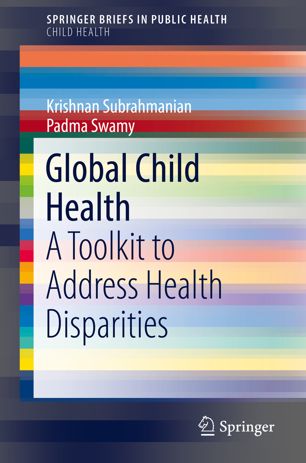

Most ebook files are in PDF format, so you can easily read them using various software such as Foxit Reader or directly on the Google Chrome browser.
Some ebook files are released by publishers in other formats such as .awz, .mobi, .epub, .fb2, etc. You may need to install specific software to read these formats on mobile/PC, such as Calibre.
Please read the tutorial at this link: https://ebookbell.com/faq
We offer FREE conversion to the popular formats you request; however, this may take some time. Therefore, right after payment, please email us, and we will try to provide the service as quickly as possible.
For some exceptional file formats or broken links (if any), please refrain from opening any disputes. Instead, email us first, and we will try to assist within a maximum of 6 hours.
EbookBell Team

5.0
90 reviewsThis timely resource brings child health to the forefront of global health and the crucial goal of universal equity of care. Its resource-based framework offers contemporary perspective on factors driving child health disparities, specific vulnerabilities of underserved children, and ways readers can become effective advocates for children. The book critiques current child health policy worldwide, examining both policies that are helping to alleviate and are contributing to further inequities. And the authors provide an extensive toolkit to aid professionals in multidimensional screening for child, newborn, maternal, and post-natal health as well as socioeconomic determinants of health.
Included in the coverage:· What is global health?
· The current state of global child health and disparities
· Global health disparities in high-resource settings
· Pathologies disproportionally affecting the underserved
· Policy and advocacy framework
· Navigating the domestic resources (an advocate’s well child check)
Global Child Health will find a ready audience among child health providers (physicians, advanced practice providers, nursing staff, social workers, allied healthcare providers, public health professionals), medical educators (medical schools, departments of pediatrics, schools of public health, nursing schools and programs, schools of allied health), and child health policymakers (staff at USAID, Health and Human Services, health services researchers in child and global health policy, health advocacy-related nonprofit organizations).